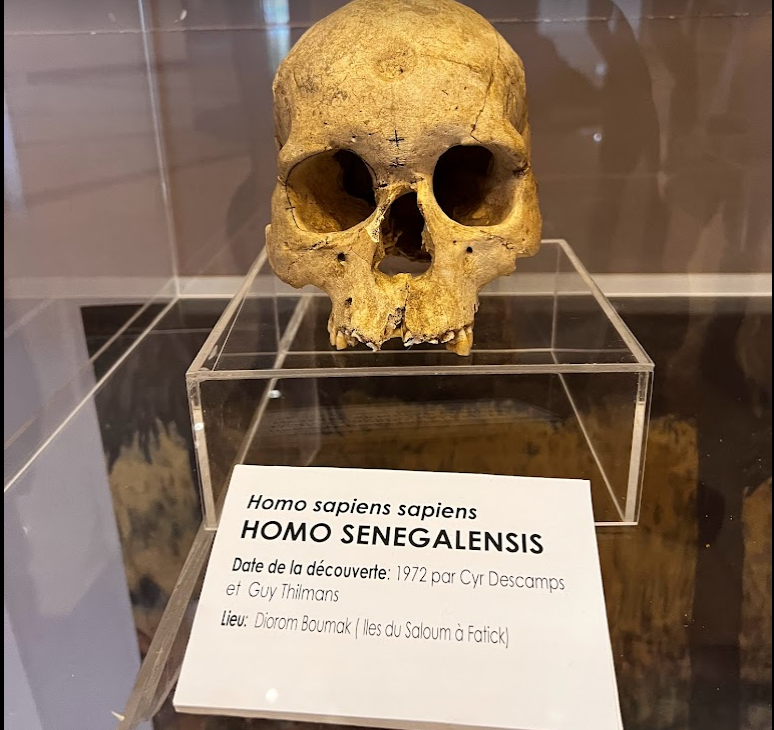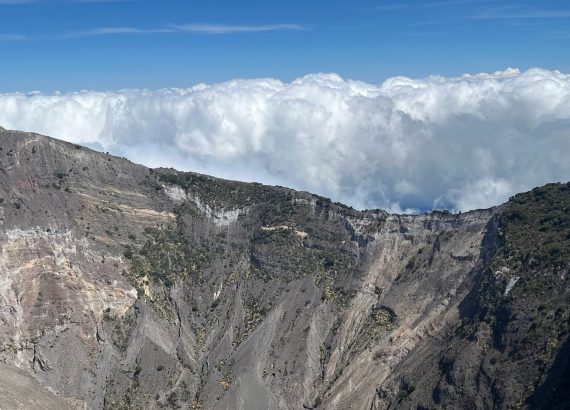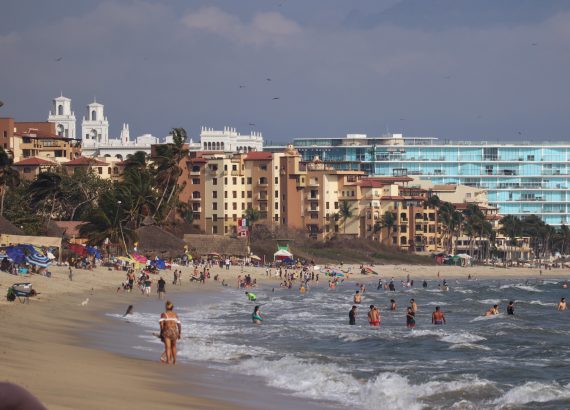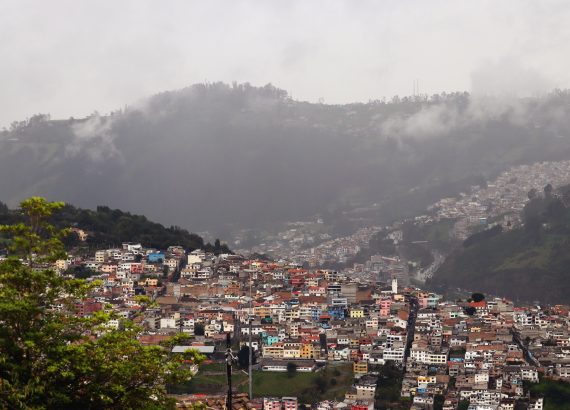This is a five-part-story series on traveling to Morocco—Senegal—Ghana, part of North and West Africa
Upon arriving in Dakar, the capital city of Senegal, you are immediately taken in by a uniquely contrasting society. A developing country that became independent from France in 1960, blessed with amazing sites, cuisine, customs and history, yet with its fair share of struggles in building a robust economy for its people. The city of Dakar is home to a beautiful coastline with a historical role in what is known as the African Diaspora.
A Bit of History
Senegal is part of Western Africa with a population of over 17 million, with nearly half under the age of 18 and where 39 languages are spoken. Its key industries are primarily agriculture, fishing, mining and tourism. It was once West Africa’s slavery capital on Gorée Island, first controlled by the Portuguese, the Dutch, the English and finally the French where 20 million Africans were enslaved and shipped to Europe and the new world (more on Gorée in another story).
Having been colonized since 1960, Senegal is clearly a country that is only now managing to stabilize its democratic government and an economy which is still indirectly controlled by the French. As expected, global market prices, inflation and climate change are taking a toll. No doubt, there is significant poverty in this country. This, combined with a weak infrastructure, has limited economic opportunities, especially in the rural areas. Yet, it remains a country with much promise compared to many of its surrounding African nations.
What to do in Dakar
Dakar is a city where art, music, fashion and food dominate its culture and history, along with its diversity of ethnic groups and languages.
We were in Dakar for three days covering a wide range of activities and time went by too quickly. We stayed at Raddison Blu facing the Atlantic Ocean and seem to be a central location.
Honestly, it’s necessary to have a local guide and driver to navigate Dakar. We were lucky to have Omuy Diaw, a relative of one of our members. She made it easy to visit historical sites and maneuver the outdoor markets, translating on our behalf. Omuy is an artist, a publisher and promoter of African artists and a champagne specialist having lived in the US for 17 years. With her guidance, we enjoyed a variety of restaurants serving authentic Senegalese cuisine, a combination of French and North Africa’s ancient cooking traditions.
Our first stop was to visit the Museum of Black Civilizations, where we were given a tour of the first humans to roam the earth and their evolution (with the skulls to prove it). I was struck by the fact that over 95% of all African cultural heritage is held outside of Africa by international museums. Quite a staggering number which was clearly evident by the museums we visited both in Dakar and Ghana. This has become a hot controversial issue in the Art World as African countries continue to demand the return of artifacts and antiquities viewed as stolen.
Outdoor Markets
The outdoor markets truly peak one’s curiosity. The entrepreneurial spirit of Africans in selling just about any item outdoors is mind-bending and inspiring. Walmart could never survive here. These markets are an important sector of the economy involving every member of a household. At times, you feel a bit harassed as they are relentless in selling their wares, even though you had no interest in buying. However, you walk away knowing your money will directly sustain someone’s household for another day.
Fashion and Textiles
The African print textiles and stylish garments worn by both women and men are expressive and reflective of various tribes rooted in tradition yet modernized for today’s fashionista.
The colors and geometric designs are vibrant, contrasting and simply eye catching. In fact, seeing women dressed in their traditional garments carrying a basket or bowl of merchandise on their heads without having to hold it in place is mesmerizing.
We visited a well-known Senegalese fashion designer, Oumou Sy, a colleague of Omuy, who was generous with her time and modeled different head dresses of which I was delighted to photograph.
What Else Did we Do?
Besides Gorée Island (a future story) we also viewed the African Renaissance Monument, tallest statue in all of Africa, (with its fair share of controversy) and an amazing art gallery where I could not resist purchasing an African mask.
We also were invited to Black Rock, a multidisciplinary artist-in-residence program founded by artist Kehinde Wiley (yup, that amazing artist that painted President Obama portrait and whose works of art hang in international museums).
Black Rock is both a second home and studio complex situated near a panorama of volcanic rocks on the shoreline where every year artists from all over the world get to live and create during a 1–3-month residency. The space is prodigious with three residency studios and all the comforts of a home away from home. Kudos to Kehinde for creating artistic opportunities for the next generation that inspire a global exchange of creativity and art.

























































No Comments